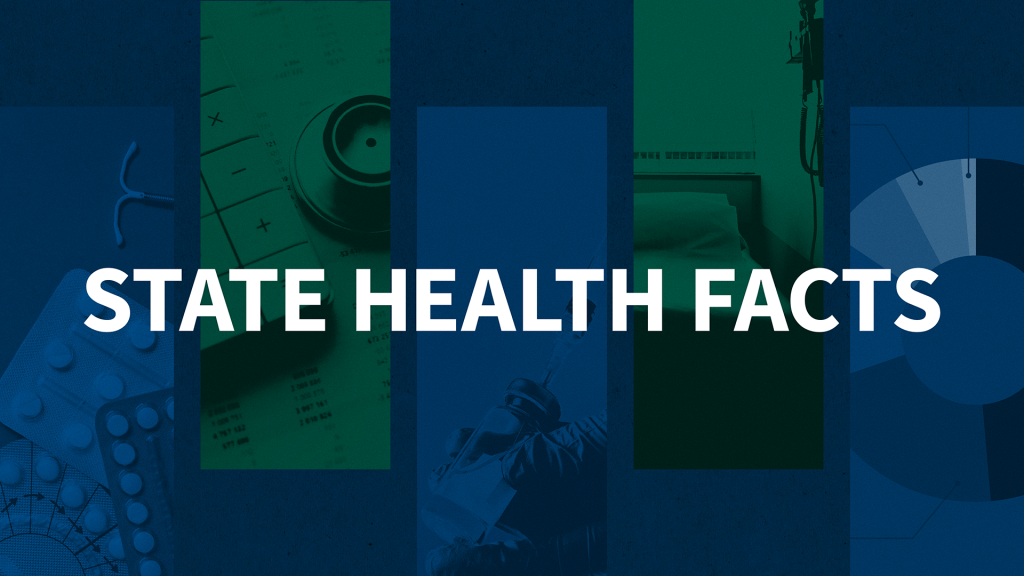State Medicaid Coverage of Perinatal Services: Summary of State Survey Findings
The report examines state Medicaid program policies regarding coverage of pregnancy-related services. It details state-level Medicaid eligibility and enrollment policies for pregnant women, as well as scope of coverage for prenatal and screening services, delivery and post-partum care, educational classes and support services.
